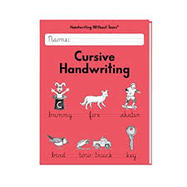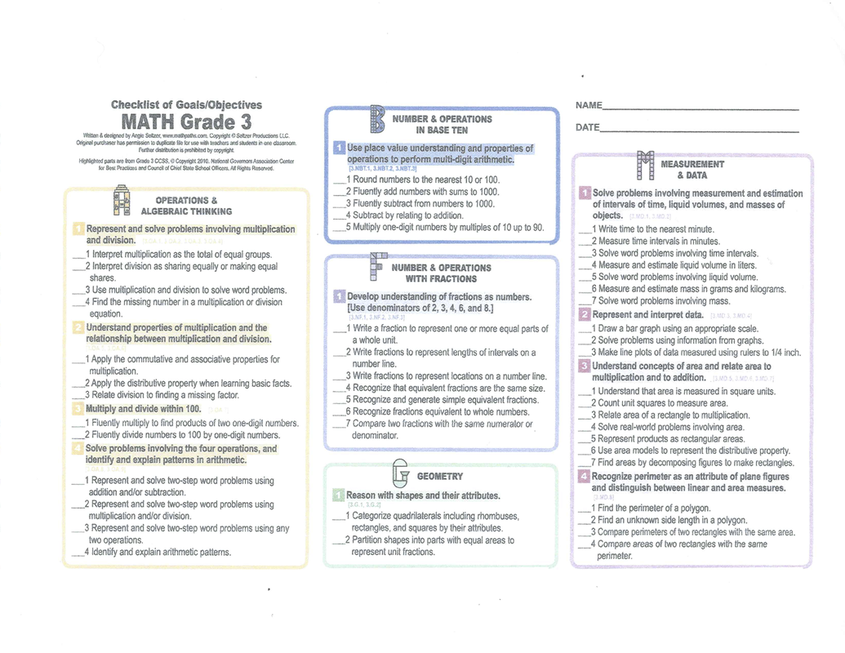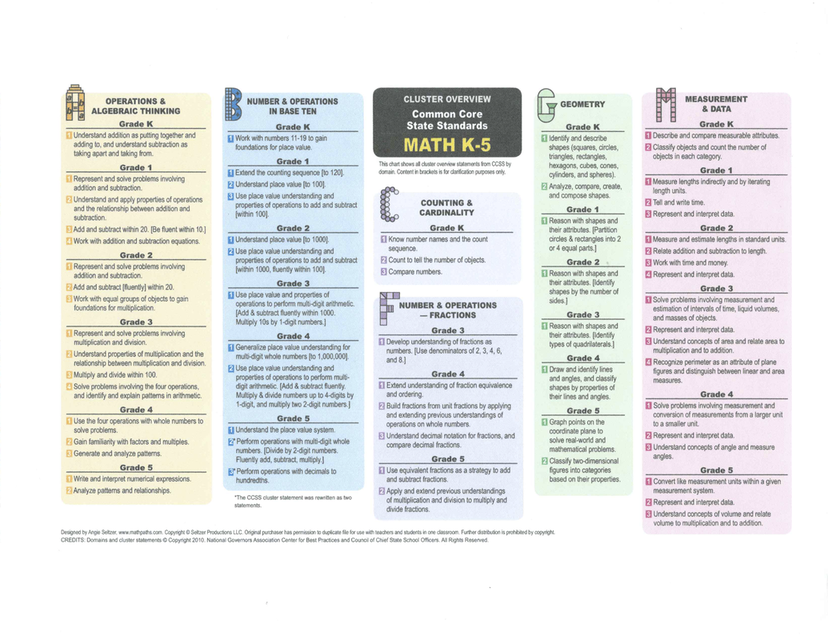About Us
Administration
Age Levels
Parents & Students
Student Performance
Programs & Initiatives
Calendar
Handwriting Instruction
The Amundson Cluster uses the handwriting program Handwriting Without Tears.

Math Checklists/Standards



Science Curriculum
Amundson Science Curriculum based on a two year rotation.
Year One
Matter and It’s Interactions
Physical properties
Make observations to construct an evidence-based account of how an object made of a small set of pieces can be disassembled and made into a new object.
How heating/cooling changes things
Plan and conduct an investigation to describe and classify different kinds of materials by their observable properties
Ecosystems
Experiments with one variable with plants
Models of pollination and seeds spreading
Living things and where they live
Exploring Alabama environments
Molecules and Organisms
Inherited traits, plants and animals
How traits are influenced by environment
Life Cycles
Unity and Diversity
Fossils
Characteristics that help plants and animals survive
Models of habitats
Engineer solutions to problems created by environmental change
Research survival techniques of an organism
Earth’s Systems
Researching Earth’s events -short term and long term (tornados, earthquakes, erosion, glaciers, etc.)
Models of Earth’s features
Year Two
Motion and Stability
Forces of motion on an object, graphs
Investigate, measure, and communicate how patterns of motion can predict future motion.
Explore cause/effect
Use magnets while utilizing the engineering design project.
Develop a simple sketch, drawing, or physical model to illustrate how the shape of an object helps it function as needed to solve a given problem.
Plan and conduct an investigation to provide evidence of the effects of balanced and unbalanced forces on the motion of an object.
Earth and Human Activity
Examine and test ways to control Earth’s events
Flooding, fires, erosion
Earth’s Systems
Represent data in tables and graphical displays to describe typical weather conditions expected during a particular season.
Obtain and combine information to describe climates in different regions of the world.
Compare multiple solutions designed to slow or prevent wind or water from changing the shape of the land.
Obtain information to identify where water is found on Earth and that it can be solid or liquid.
Ecosystems
Living and non-living components of an ecosystem
Roles of organisms within an ecosystem
Exploring Alabama’s environment
Earth and Human Interactions
Describe events that change the earth’s surface (e.g., wind, water, ice, gravity)
Evaluate a design solution addressing a weather-related hazard
Social Studies Curriculum
Amundson Cluster Social Studies Curriculum
(two-year rotation)
The broad concepts of living and working together in state, nation, geographic and historical studies – people, places, and regions will be included in both years of the rotation. Topics include:
(Year One)
Segments of time
Types of maps
Technology in mapping
Map skills
Legends, stories, songs of U.S. cultural history
Energy resources
Preparing for natural disasters – safety
Reasons for settling 13 colonies
Declaration of Independence, Constitution
Founding Fathers, Historical Females
Washington D.C.
Production and distribution in Alabama
Supply and demand, trading
Major world resources
(Year Two)
Class rules, democratic society
Historic figures
National holidays
American symbols and monuments
National parks and state parks
Ways people are affected by human and physical environments
Human – Environment interaction in Alabama and the world
Our 50 states
Political parties, voting process
Three branches of government
Why people immigrate to the U.S.
How populations move/change
Location of resources/population patterns
Machines – past/present
Alabama and U.S. role in the Olympics
Educating Responsible Citizens